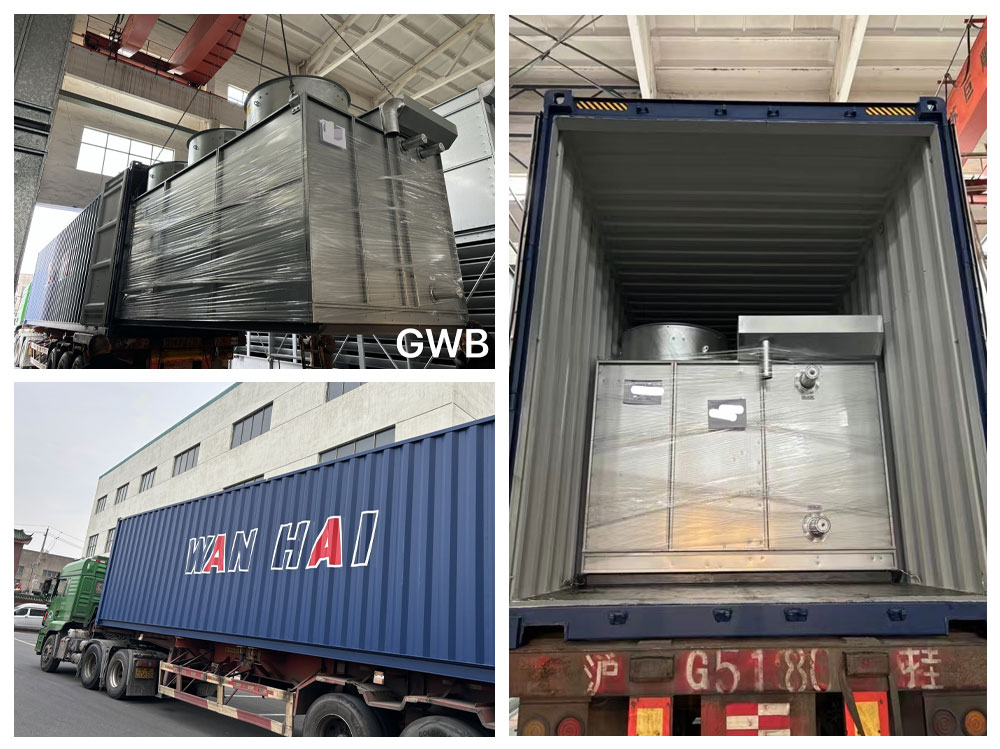Comparison Of Anticorrosion Performance Of Closed Cooling Tower
Comparison of anti-corrosion effect of hot-dip galvanizing and anti-corrosion paint on closed cooling tower
Closed cooling towers, also known as closed cooling towers and closed cooling towers, are fundamentally mechanical products, and the main components are metal. Closed cooling towers are more in contact with water, so I would like to popularize the two main anti-corrosion processes for the cooler support frame of closed cooling towers: hot-dip galvanizing and anti-corrosion paint. Galvanizing is divided into water galvanizing and hot-dip galvanizing, and the anti-corrosion ability depends on the thickness of the coating. Due to the process, the thickness of water galvanizing is generally below 15 microns, while the thickness of hot-dip galvanizing is generally above 60 microns, so hot-dip galvanizing is better in corrosion resistance than water galvanizing.
The zinc content of cold-sprayed zinc is as high as 96%, and the thickness is 60 microns. The anti-corrosion effect of cold-sprayed zinc is equivalent to that of hot-dip galvanized. However, the hot-dip galvanized product has no volatilization, while the cold-sprayed zinc will have solvent volatilization. However, in the actual application of the closed cooling tower, the galvanized parts need to be welded, machined or installed on site. This process will cause damage to the galvanized film and make it difficult to repair, thus affecting the anti-corrosion effect. Compared with paint, the anti-corrosion effect of hot-dip galvanizing depends on the type and thickness of paint.www.gwbrefrigeration.com





